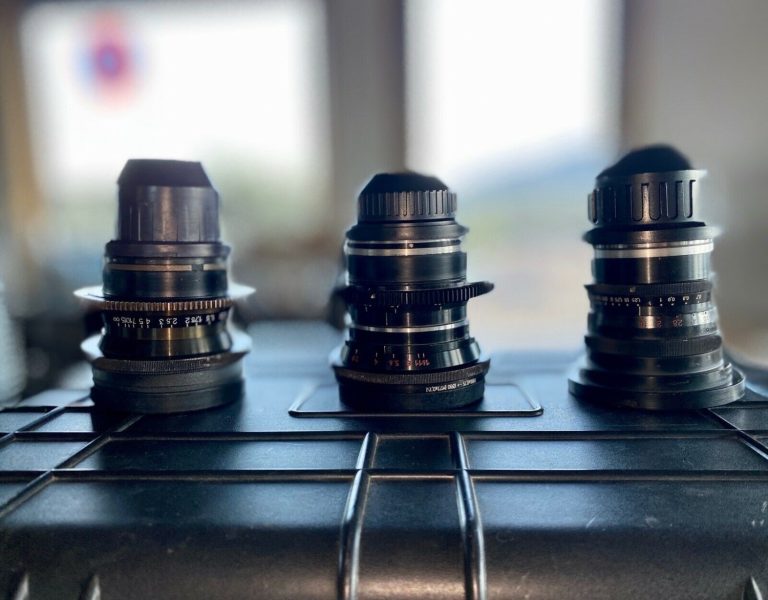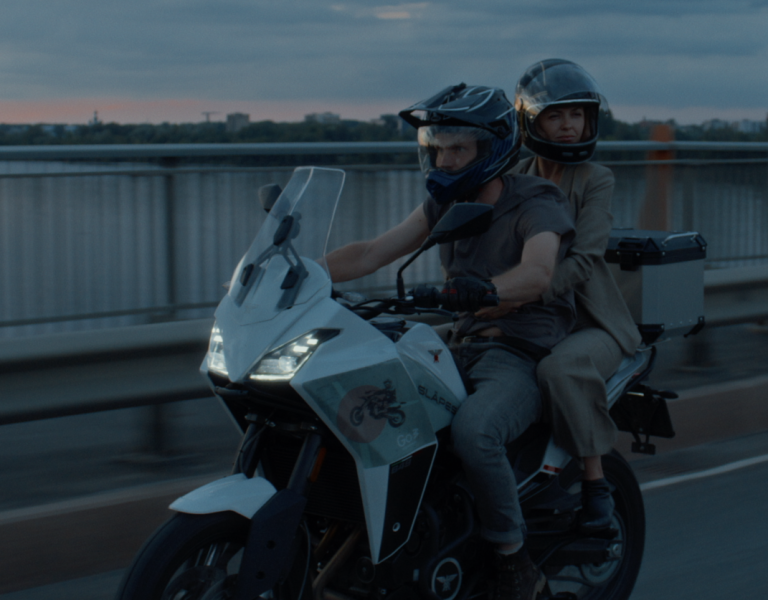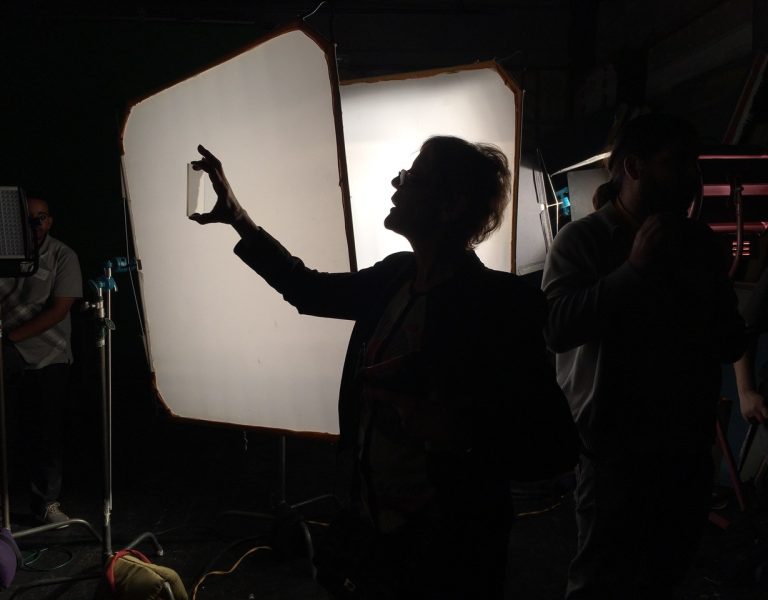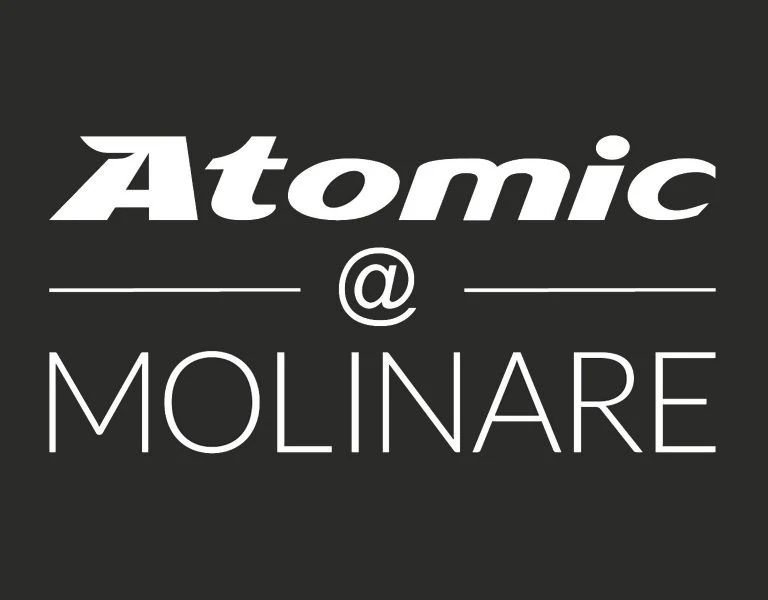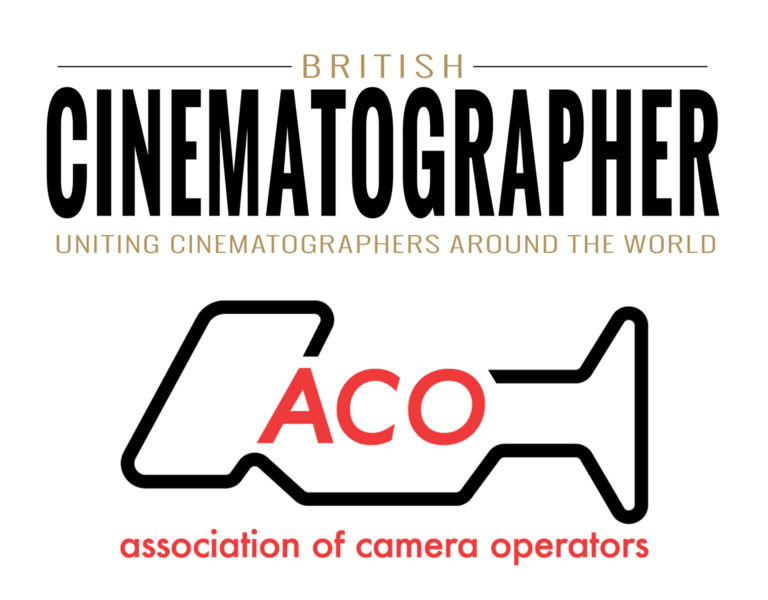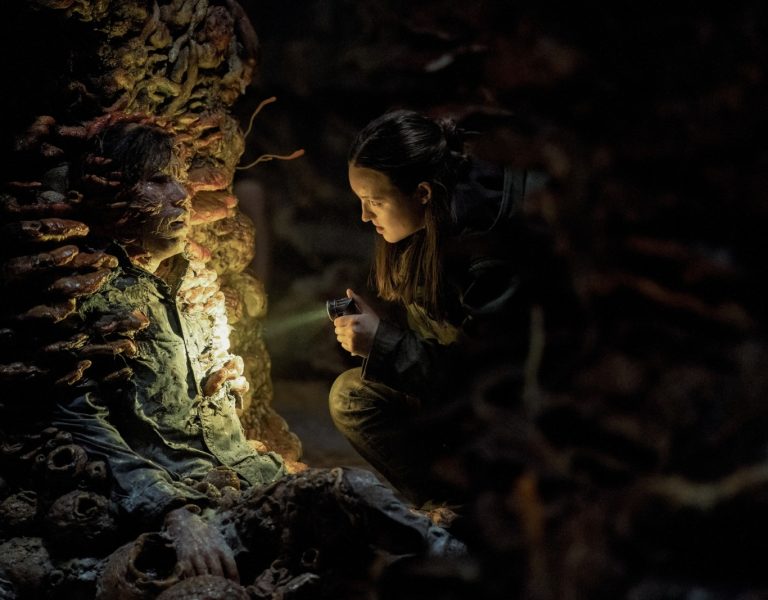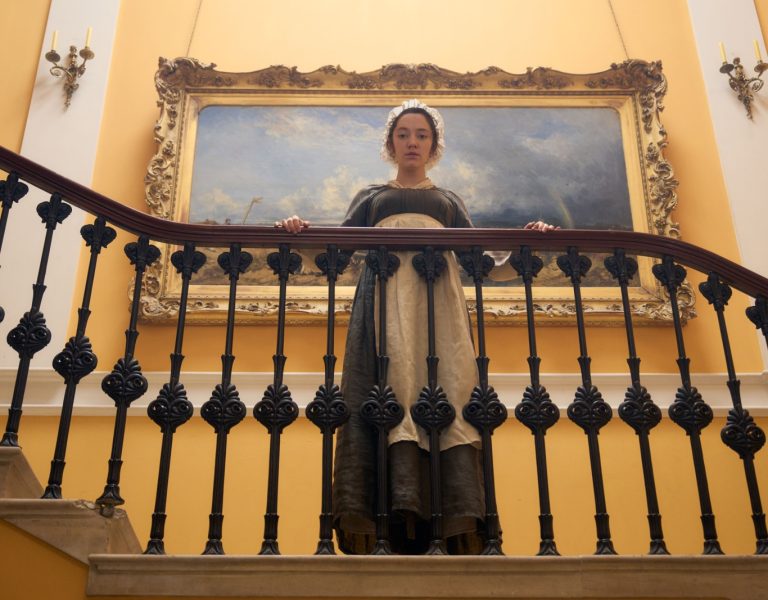Home » Features » Interviews » Two Shot »
From crafting a sun-drenched gangster saga on the Costa del Crime, to taking over the Tardis for Doctor Who’s latest incarnation – delve into the creative partnership between DP-director duo Chas Bain and Jamie Donoughue.
“We must have the most eclectic CVs – from The Last Kingdom to Endeavour, to A Discovery of Witches, to A Town Called Malice, and to Doctor Who – but it’s all storytelling, in one way or another. We always look for something different.”
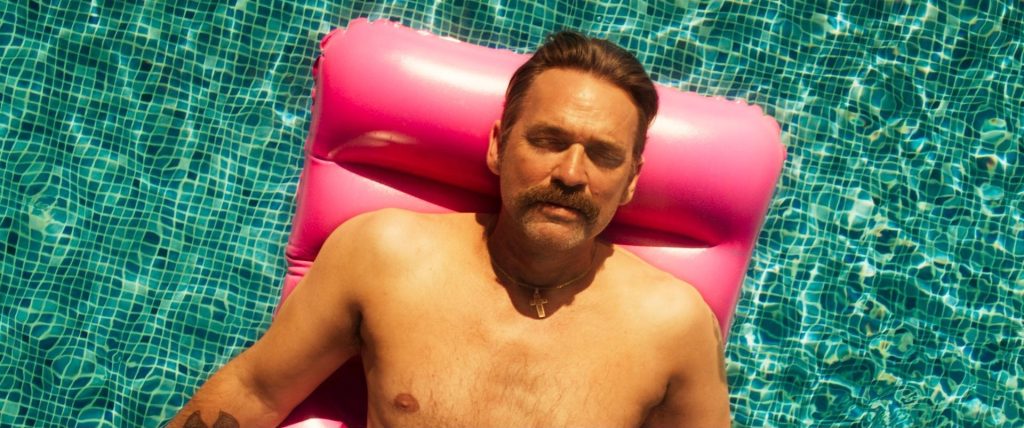
Jamie Donoughue smiles as he looks back at his collaborations with Chas Bain over the last seven years – a televisual adventure bookended by Saxon kings and Time Lords. The director and cinematographer are speaking from Doctor Who’s Cardiff home, where they’ve taken a break from the heat of prep to take us behind the scenes on their most colourful project yet, Sky’s neon-soaked crime thriller A Town Called Malice. We’re also delving into their longstanding working relationship, which began on the medieval battlefields of The Last Kingdom in 2016.
“I was introduced to Jamie by [The Last Kingdom executive producer] Nigel Marchant, who said Jamie was going to be the next block director,” remembers Bain, who also shot season one. “I said, ‘What’s he done before?’ and Nigel said, ‘Well, this will be his first TV drama… but he’s Oscar-nominated for his short film.’ I thought, ‘That’s amazing. But he’s never done a battle in Budapest with a load of Hungarians.’”
Having carved a niche as an in-demand camera operator on blockbusters like Clash of The Titans, Quantum of Solace, Fast & Furious 6 and World War Z Bain began his cinematography career shooting commercials at RSA. Leeds native Donoughue, meanwhile, began his career shooting music videos, but after getting stranded in Kosovo for five weeks when the 2010 Icelandic volcanic eruption caused travel chaos, he found his calling for narrative. Determined to tell the story of the Kosovans who had taken him in, he later wrote and directed the wartime short film Shok, which was nominated for the Best Short Film (Live Action) at the 2016 Academy Awards.
Off the back of his Oscars success, Donoughue quickly gained representation and joined The Last Kingdom’s second season to direct two episodes shot by Bain. Although the DP was initially apprehensive about working with a relatively new narrative director on such a challenging shoot, he needn’t have worried.
“I introduced myself to Chas and said, ‘The first thing I want to do is this battle at the end – let’s do the entire thing in one shot,’” recalls Donoughue. “It was a crazy thing to suggest, but Chas said, ‘Alright, let’s give it a go.’ It was a hell of an undertaking, but we had so much fun doing it and it became one of the most iconic scenes in The Last Kingdom.”
“Jamie and I had a connection and he pushed me in a new direction with the show,” Bain adds.
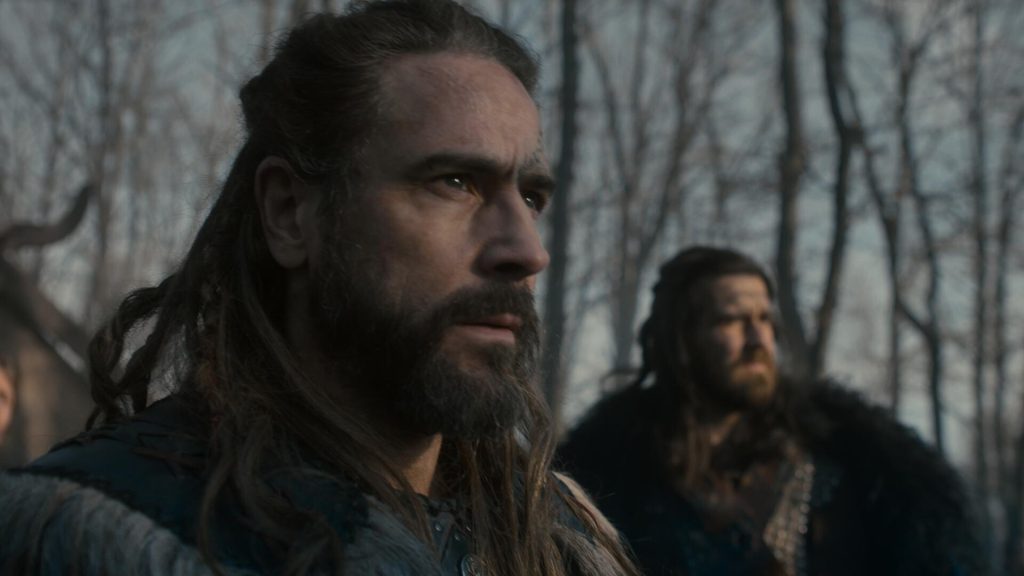
A shoot in the sun
Their subsequent TV projects together as director and DP – an episode of Inspector Morse origins story Endeavour and leading the final season of Sky’s fantasy mystery A Discovery of Witches – cemented their professional partnership. But the opportunity to set the look for a brand-new series eluded them – until a certain rip-roaring Nick Love script landed in Donoughue’s inbox in 2021.
Donoughue called Bain to tell him he’s found their next great project. “I said, ‘This is it!’” the director recounts.
A pacey crime thriller set against an ‘80s backdrop, A Town Called Malice follows the Lords, a South London gangster dynasty, as the family’s young son, Gene falls in love with the mysterious Cindy Carter. With a story that spanned London and Spain, it promised an unrivalled opportunity for creative freedom.
There was a slight problem – it was still the height of the COVID pandemic and Bain was living in Annecy, France, at the time. But buoyed by Donoughue’s enthusiasm, he vowed to make the logistics work.

The pair soon began a “relatively long period” of prep involving three separate visits to Tenerife (which stands in for the Costa del Sol). They relished the chance to craft the show’s visuals from scratch, although appreciated it was more challenging than coming onto an existing show. Donoughue knew its success would rely on an exceptionally strong inter-departmental effort – including Molly Rowe’s costume design, Marcus Wookey in production design and Sophie Slotover in hair and make-up – to pull off the stylised ‘80s settings.
“When I first spoke to Chas about style, I said the main thing with the show is that it’s grounded but heightened at the same time,” the director says. “London was very grounded but then we wanted to push the boundaries when we get to Spain. Everything we wanted to do was thinking outside the box and unique. We were so particular about everything – the props, the clothing, the locations – when you walked on set, we wanted to feel it was that era.”
Crucial to the pair’s visual approach was shooting anamorphic, but how easy was it persuading the studio of their vision? “When I read the script, the first thing I said to Jamie was, we’ve got to do this anamorphic,” Bain says. They were worried about facing resistance from Sky, so they informed the show’s charismatic Cockney creator Love about their plan. One phone call to Sky’s top dogs from Love later, and their anamorphic wish was granted.
“I think it was Sky’s first show where they’ve allowed that to happen and it was a great decision.” adds Donoughue.
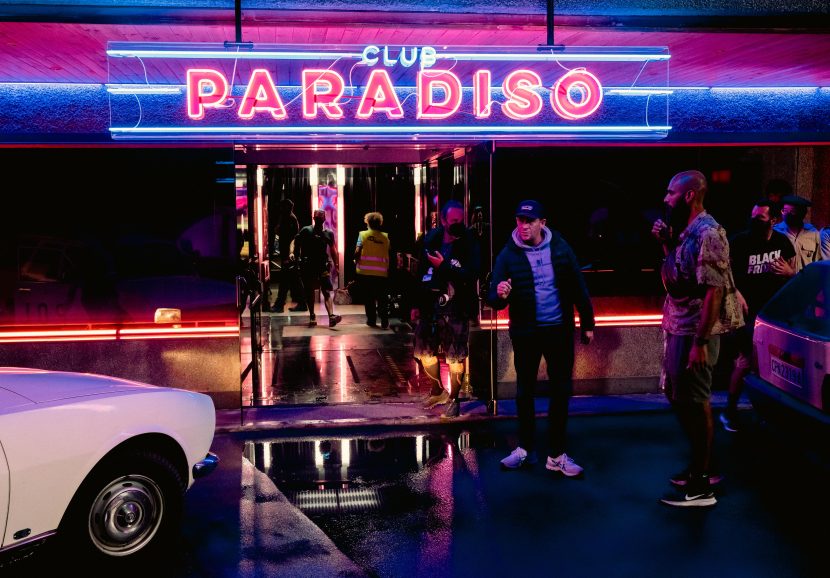
Nimble and nuanced
Malice’s camera package consisted of two Sony Venices at 4K, with the 4:3 sensor shooting 2:39.1 from Movietech. It was Bain’s first time using the Venice and he found the camera’s dual-native ISO capabilities perfect for the show.
The Venices were paired with Cooke anamorphics, chosen for being “bulletproof” (rather aptly for a gangster drama). “Originally we thought we’d need a vintage set of lenses, but the problem is those things can go wrong”: not ideal when you’re on an island in the middle of the Atlantic. For Bain, using diffusion to create a softened image (Glimmerglass in this case) was more practical than vintage glass.
Bain and Donoughue wanted Malice’s camerawork to have pace to match the show’s nimble script and required top-notch operators to help them pull off the tight TV timings. “Because of our schedules, we worked out that it’s good to have a B-camera operator who can light, so they can take control of any 2nd unit, ensuring a unified look,” explains the DP. “We like to give people the opportunity to get a leg up – that’s something we like to do on every show.”
Jon Beacham ended up as a key collaborator as A-camera operator. “We found the language of the show between the three of us. Jon knew exactly how to shoot it and the actors were allowed to have fun with the camera,” says Donoughue.
Their eventual B-camera operator, Leandro Vaz da Silva, was adept with Steadicam and quickly understood the language of the show, as did Adam Lyons.
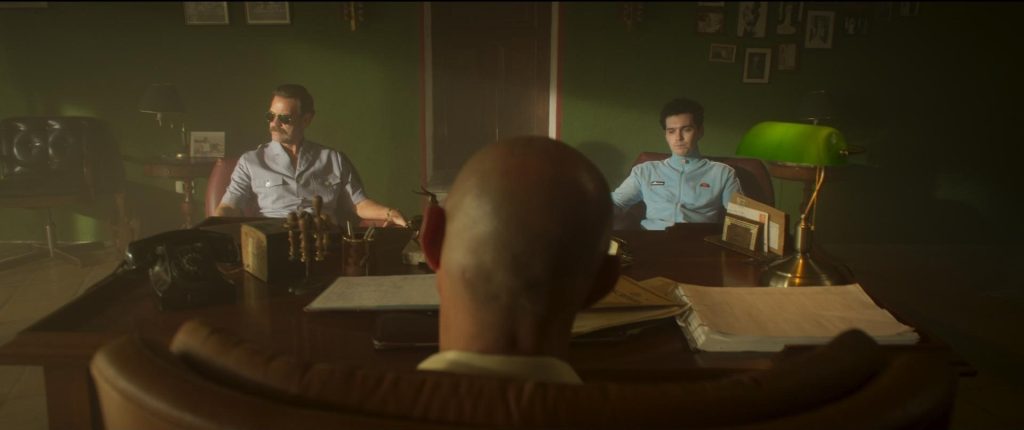
For Bain, his own operating days are behind him. “With all the lighting going on, I prefer to have my eyes solely on the monitor – plus Jamie and I work best together at the monitors, we’ve got double the eyes. You have to put your trust in good operators and hopefully I know a good operator when I see one. It’s not just their ability as an operator, it’s also the connection between the director and me.”
Donoughue’s ethos was about making the camera a character in its own right. “A lot of the time, you don’t want to draw attention to the camera. That’s what we’re always battling to do,” he says. “With Malice, we wanted to flip it completely the other way. The audience are very conscious of the camera, and even at times, so are the actors. Both play a key part in immersing us in the world and driving the story forward.”
“It was all about extremes – extreme wides, extreme close ups and just beautifully composed shots all the time as well.”
The team rarely used handheld, instead opting for camera whips and crashed zooms. “I always love taking stuff which might be seen as outdated or (in the case of the ‘80s) a little cheesy and trying to bring it back again,” Donoughue continues. “My editor, Chris Roebuck, also heavily embraced this, drawing on inspiration from bygone eras and finding a modern twist.”

They were able to indulge their love of ‘80s music videos when needing to create their own for beginning of episode three, taking inspiration from the likes of retro icon Robert Tepper.
“We had all these grand plans for this music video,” remembers Bain. “We were going to shoot it in a huge warehouse with chains hanging down and all that stuff. But we were coming to the end of the shoot and the producers were onto us – they said we couldn’t do it. We said we’ve got to, and they said, ‘if you can make it work for the money, you can.’
“So, we went to our unit base, which was an old tobacco factory, found a small room and we decided to do it there. Somehow, we managed to pull it off – it shows what we managed to come up with when we’re completely forced into a corner.”
As well as shooting principal photography on location in Tenerife and London, Bain and Donoughue were able to take advantage of Sky’s virtual production stage at RD Studios in London for pickups, using plates of their sunny Tenerife locations captured during principal photography. “It’s almost like an insurance policy to send the team out to scan it, so when you get back you can slot everything in,” Bain notes.

Family feel
A theme that consistently comes up in our interview is inclusivity. A tenet of Bain and Donoughue’s working relationship is having the cast and crew feel like family. “There are no egos – everyone’s in it together,” the DP smiles. “I think that’s something Jamie and I bring to our shows – we’re very approachable.”
Having that family feel was even more important shooting in Tenerife, as Donoughue had to meld a Spanish and English crew. “One of the big challenges of shooting a show like this was integrating the international crew and the local crew. It was challenging, because you’ve got different ways of working – you’ve got the language barrier too. But they really brought something to the production.”
At the end of each week of shooting, Donoughue would share a teaser video with the crew to keep them in the loop with progress – a real morale booster.
Another aspect of keeping the production inclusive and building cross-departmental relationships was not using too much technical speak, so no-one should feel left out on set. “Sometimes if you go too technical, you can exclude a lot of people, so we tried to make it inclusive and ‘80s-themed. Whenever we were talking LUTs, we were talking classic ‘80s cars, so everybody knew what we were talking about.” The sunny LUT they settled on for Malice was dubbed the Golf GTI, after the retro ride.
The grade was done by Adam Inglis at Post Republic, a first-time collaborator of the pair. It took them about a day-and-a-half to get into their groove, Bain remembers – then they had their ‘wow’ moment with one of the Tenerife shots. “It was a really bright, sunny day and it looked just like an ‘80s Truprint holiday snap. That was the moment – he’d done something to the colour of the surface, the size, the colour.”
They’d originally decided to add film grain, but ended up removing it as they felt it dated the production too much. “We wanted a modern audience to keep interested – if you date something too much, you’re immediately cancelling the youth out of the show,” the DP continues. “So, we softened it pulled the colours through and it was like a postcard; I said, save that. We started applying it across the whole show.”
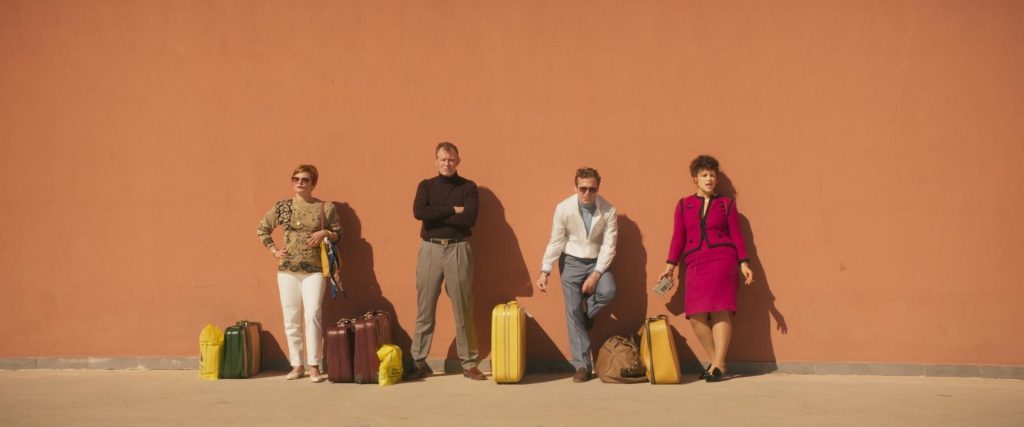
Favourites and friendships
One of Bain’s favourite scenes from his three episodes are the nightclub scenes in episode two, with the club location creatively converted from a conference room with a small bar in Tenerife. Half-joking, Bain says he drew on his experience of Barcelona nightclubs of his youth to capture the smoky ‘80s disco atmosphere. Marcus Wookey created an extremely clever ‘space within a space’ allowing us full flexibility with the camera. However, there was limited pre-light due to an incredibly tight schedule meaning that creative lighting had to be designed in the moment. “Looking back at the results I’m extremely proud of what the team managed to achieve” the DP adds.
Donoughue’s favourite, meanwhile, comes in episode three, with a wonderfully simple moment between Lord matriarch Mint Ma (Martha Plimpton) and head of the family Albert (Jason Flemyng). “It was just two fantastic actors with a great script. And we just sat back, shot it and allowed them to act. For me, that’s what film is all about– letting the actors do what they do and giving them the best environment for it. I suppose it’s quite ironic in a show that’s so wild and bombastic, but that moment of calm resonates the most with me. We were all so in sync as a crew.”
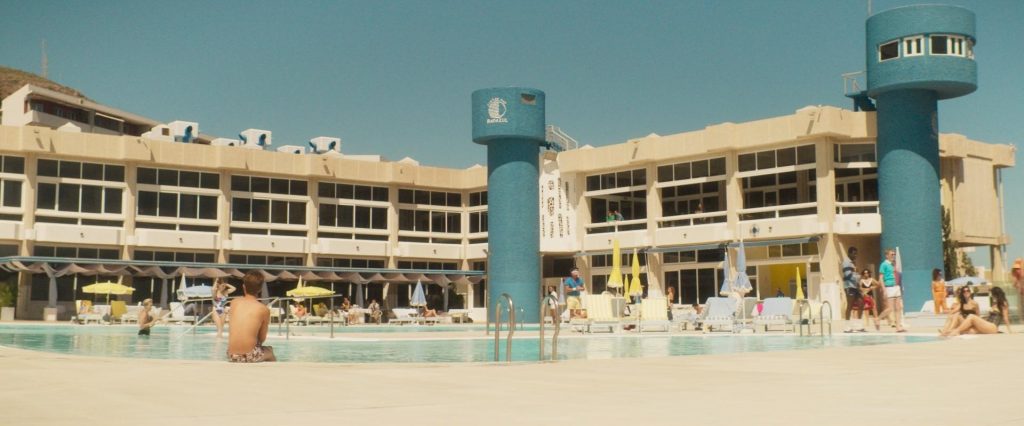
As they reunite in the Welsh capital to prepare for their fifth project together, what do Bain and Donoughue think makes their wider professional partnership so successful?
“All great DPs understand the importance of allowing the director to tell their story,” says the director. “Chas has that rare ability to get that cinematic lighting but at the speed of television, allowing me time to get that performance. TV is about balance and sacrifice and coming out the other end with a great product. I spotted that straightaway in Chas when we met on The Last Kingdom, and I think that’s why we’ve stuck together ever since.”
Donoughue’s personability impresses Bain. “The way Jamie handles himself with the actors to get the best performances, whilst balancing the direction of the entire production – he doesn’t seem to get fazed by anything. He has a keen cinematic eye and love of a bold frame. There’s definitely a good yin and yang about us as a team.
“From The Last Kingdom to where we are now, it’s been an upwards curve – and we definitely want to take it further.”


